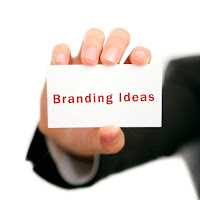We’ve been talking a lot about Quick Response codes, two-dimensional codes that direct users to an online location with more information about a product, company or individual. Well, remember things called business cards, little pieces of paper with your contact information on them that you pass out to new people you meet in real life? Well, adding a QR code is a more up-to-date way to send people to your official website, Facebook or Twitter page.
Need some ideas for how you can use QR codes to boost your online presence, or got some ideas we haven’t thought of that you’d like to share? Let us know!












